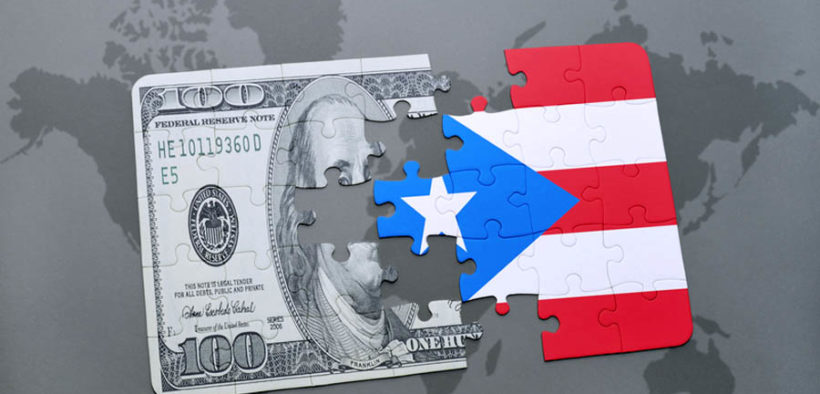Puerto Rico’s economic activity stabilizes in March amid signs of slowdown

Puerto Rico’s economic activity was unchanged in March after two consecutive monthly declines, signaling a pause in momentum but not a downturn, according to the latest update of the island’s Coincident Indicators Index (IIC, in Spanish).
The index, which uses 2019 as a base year (2019=100), held at 109.9 points. Since May 2020, when the post-pandemic recovery began, economic activity has grown 9.5%.
Compared to March last year, the index increased 0.3%, indicating continued, if modest, growth. The companion Index of Leading Indicators (IIA, in Spanish), which anticipates future trends, rose 0.3% from the previous month and 0.6% year over year. That marks six straight months of gains following 32 consecutive months of decline, although analysts noted the growth trend is slowing.
The indices’ diffusion measures, which track the breadth of economic changes, offered mixed signals. The Coincident Diffusion Index stood at 40.5 points — the third straight month below the 50-point threshold that typically signals contraction. Meanwhile, the Leading Diffusion Index rebounded to 58.6 points after four months of decline, easing concerns of a broader slowdown.
Sector-level data pointed to varied performance. Manufacturing showed signs of recovery, but construction and the labor market slowed. Consumer activity remained constrained by high prices.
For the current fiscal year (July through March), economic activity is up 0.5%, well below the 2.7% growth recorded in the same period a year earlier. In calendar-year terms (January through March), growth stood at just 0.1%, compared to a 3% rise in early 2024.
Still, the data do not signal a recession. “The data do not indicate that a recession has begun or is about to begin,” the report stated.
Preliminary analysis of recession risk through March shows a slowdown in activity, but the three primary warning indicators — duration, depth and dispersion — have not aligned to trigger a formal alert.
These indicators, part of a framework developed over more than 70 years of economic modeling, are used to assess Puerto Rico’s economic cycles and long-term planning needs. The Coincident Index has been effective at tracking current conditions, while the Leading Index has served as an early warning system for major economic shifts since the 1970s, according to the report.












